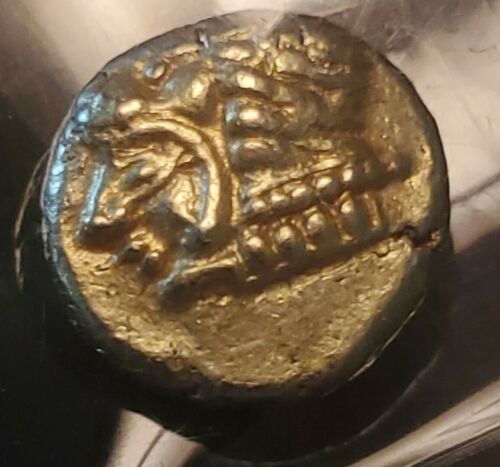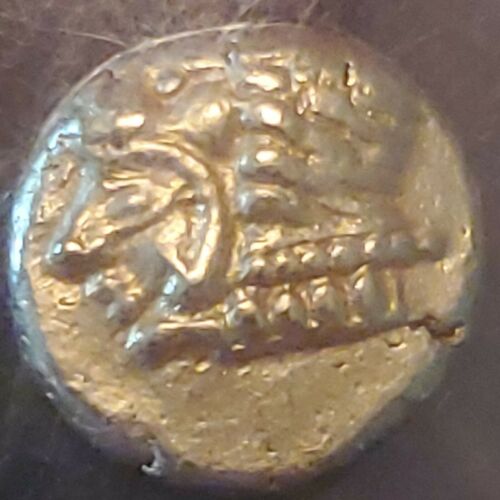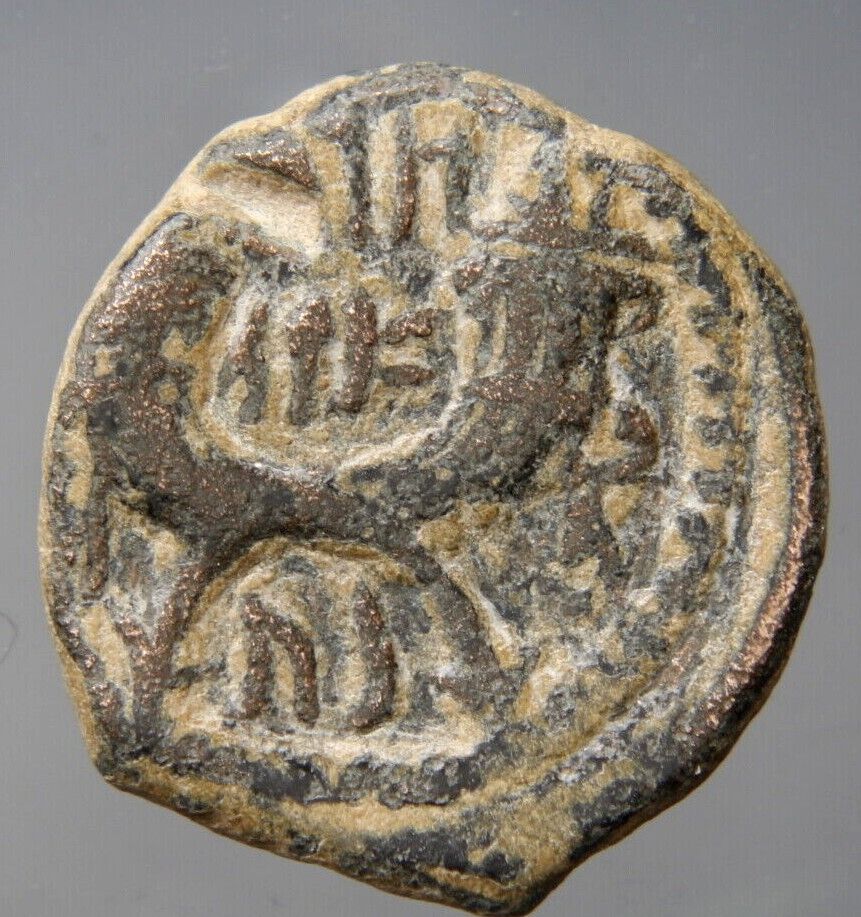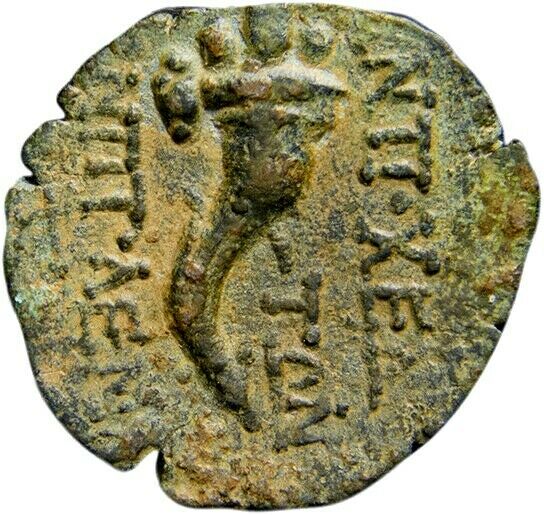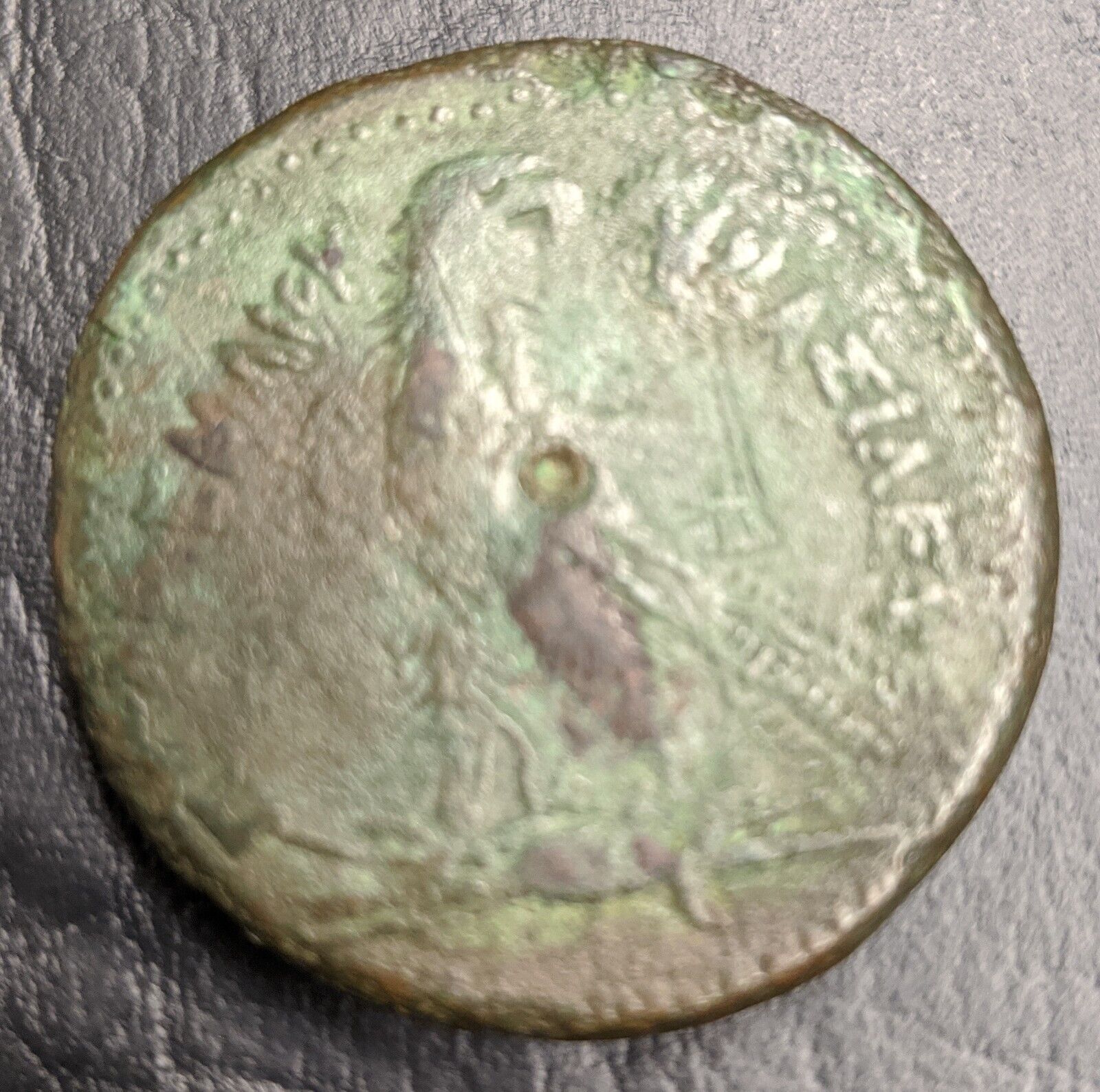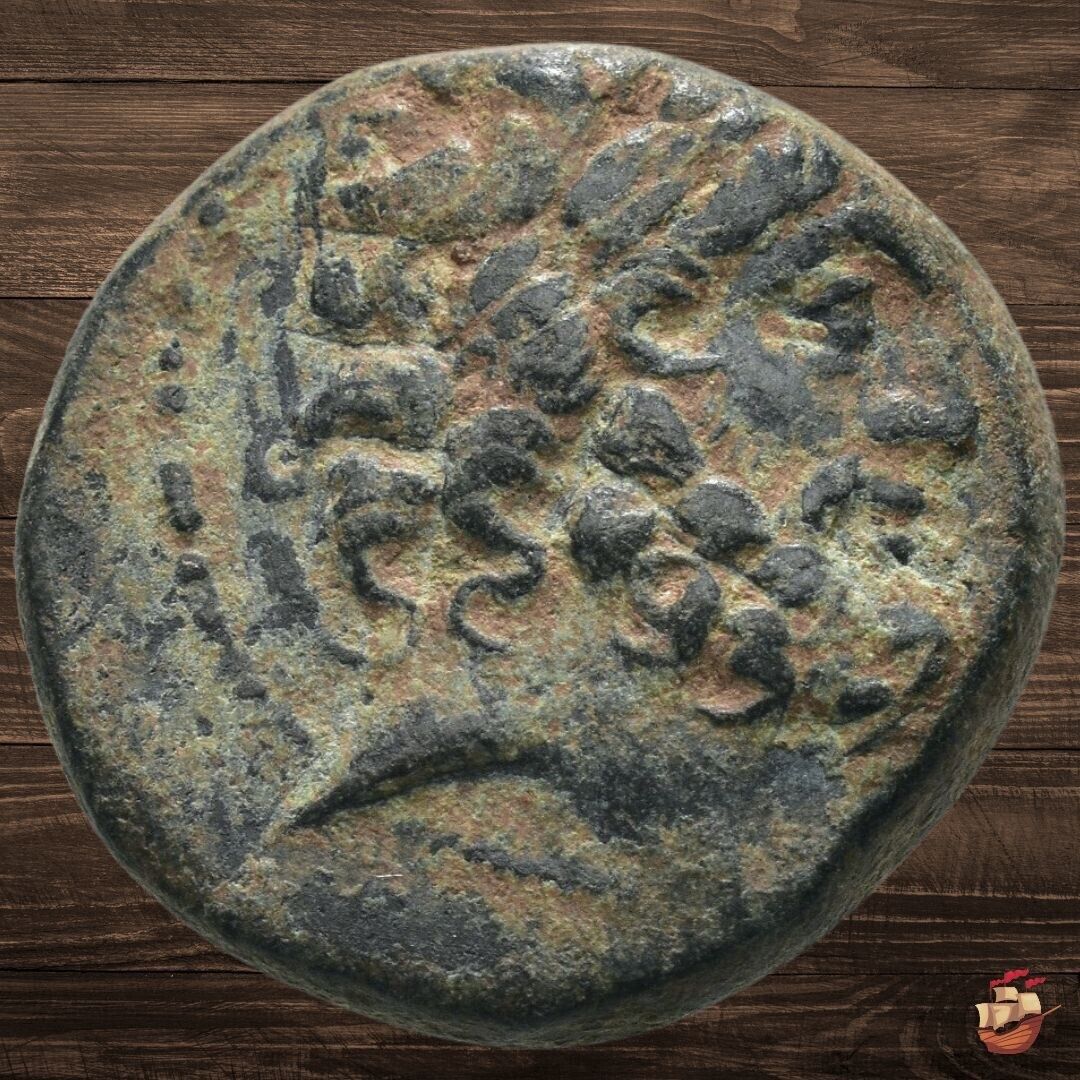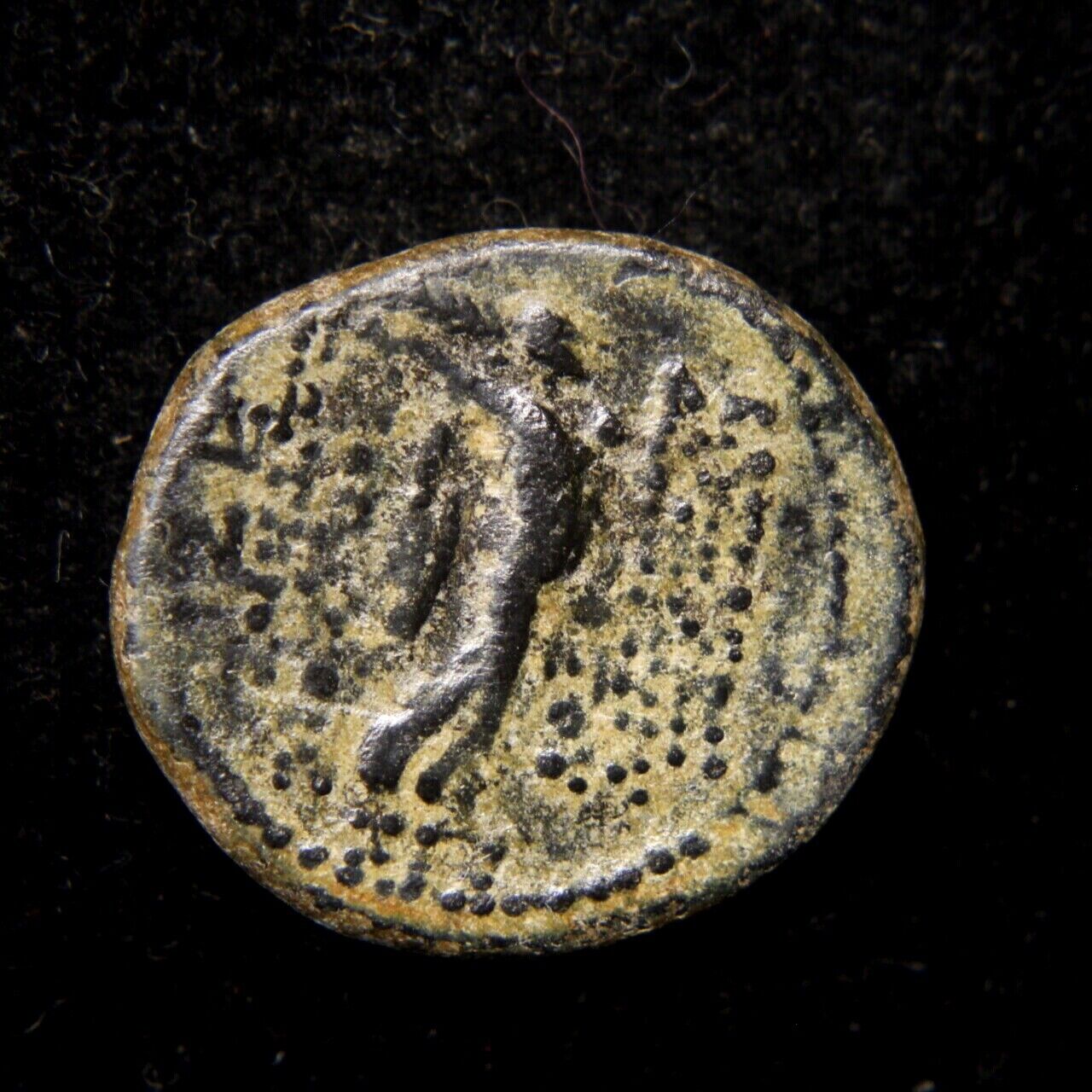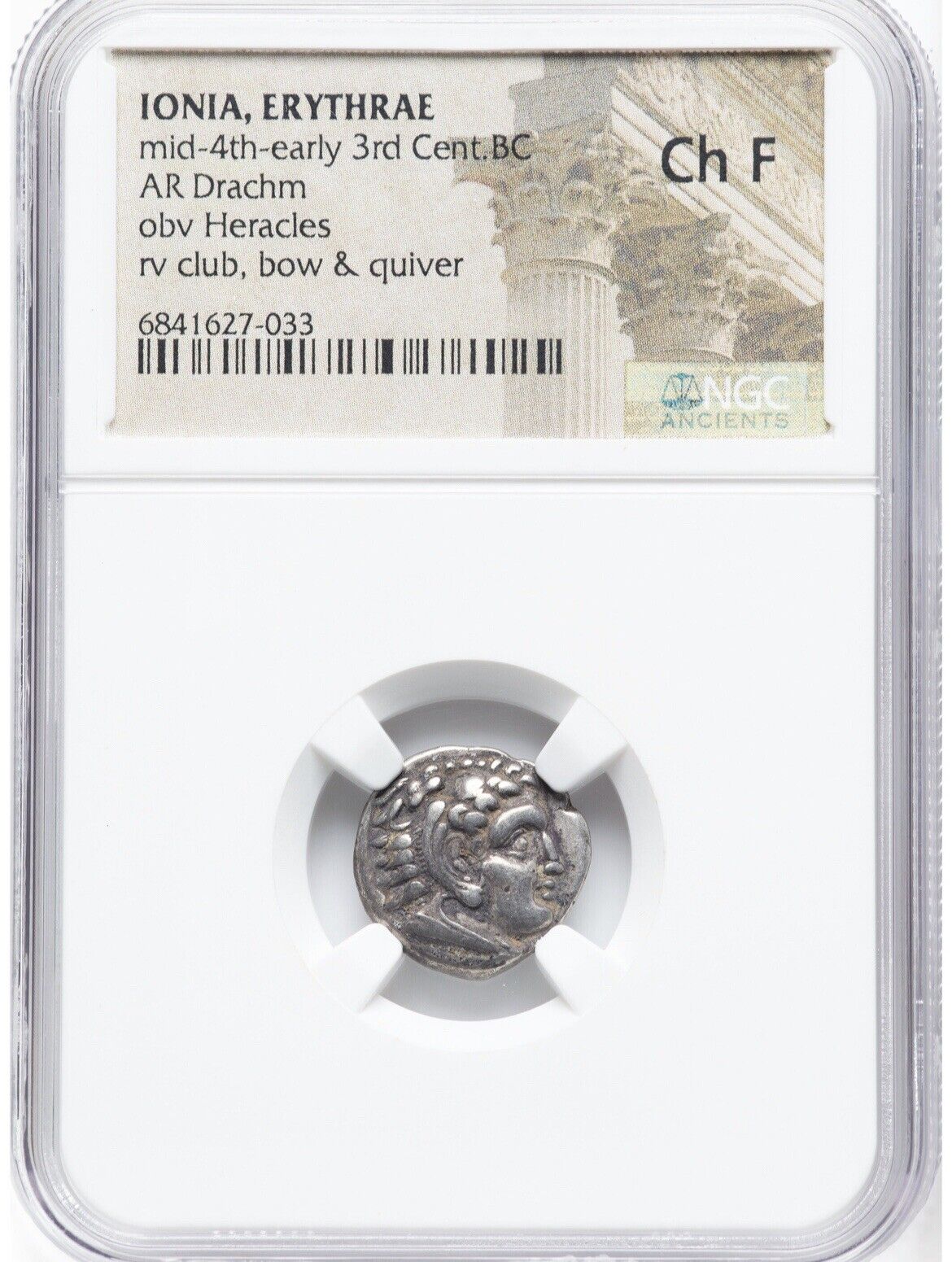-40%
Gold - Hercules Hekte Circa 550-500BC - IONIA EPIC DETAIL, HIGH Gradable
$ 305.71
- Description
- Size Guide
Description
ITEM IS IN A CARD PLASTIC SLEEVE, REQUEST FOR.MORE PICS BEFORE BIDDINGAccording to legend, the Asia Minor town of Erythrae was named owing its settlement by Erythrus the Red on a small peninsula jutting into an Aegean bay sharing the same name. The city became a melting pot of various tribes, including Cretans, Lycians, Carians, and Pamphylians. The vicinity was not only strategically important, but also abundant in wild animals and other resources such as timber and millstones; in particular, the rugged, insulated territory of the Erythraei produced excellent wheat and wine.
Erythrae was one of the twelve cities forming the Ionian League in the mid 7th century BC, about the same time that first coins appeared. These coins were made of electrum, usually with simple obverse designs such as globules, pellets, and lines, and with incuse punch on the reverse. About a century later (550-500 BC), this one-sixth stater, or Hekte, was produced in Erythrae. By this time a variety of obverse designs were being used, including depictions of animals and people. The obverse of this particular coin depicts Hercules’ head, donning a lion skin (Nemean, the fruit of his first labor). Hercules was an important deity to the Erythraie, who built him a large Temple. The people there worshipped him there fervently as the great Worm Killer (Ipoktonos) since he defeated a famous sort of worm (ips) that was ravaging the grape vines; Erythrae was reportedly the only location at the time free from this pest.
On the reverse of the coin is a quadripartite incuse, as found on northern Ionian coins of the period. This symbol may represent the sun, and was also associated with the goddess Athena, for whom the Erythraei also built a temple of worship. Indeed, it was written by Pausanias that here was “the finest possible climate.” It certainly made sense for the Erythraie to pray for both continued fertile soil and good climate, in order to safeguard production of their famous wines.
Over the millennia, invaders and natural disasters such as earthquakes ravaged the city. To date, some relics and ruins of red trachyte structures have been found, including those of an amphitheater and the podium on which stood the Temple of Athena, however, the location of the Temple of Hercules remains unknown.
Coin Details: IONIA, Erythrae, ca. 550-500 BC, EL Hekte – Third Stater (2.56 g), Lydo-Milesian standard, NGC Graded: AU, Strike: 4/5, Surface: 5/5, Obverse: Head of Heracles wearing lionskin to left, Reverse: Quadripartite incuse, Reference: SNG V. Aulock 1942v.
PROVENANCE: EX -ROSSLIN Collection
ITEM WILL BE SHIPPED PROMPLY FROM DATE OF PAYMENT, YOU WILL RECIEVE Everything in the pitcure above and will be send in a 5×5 Box 7- for shipping and handling
Will accept RETURNS If not satified, shipping at buyers exspen
